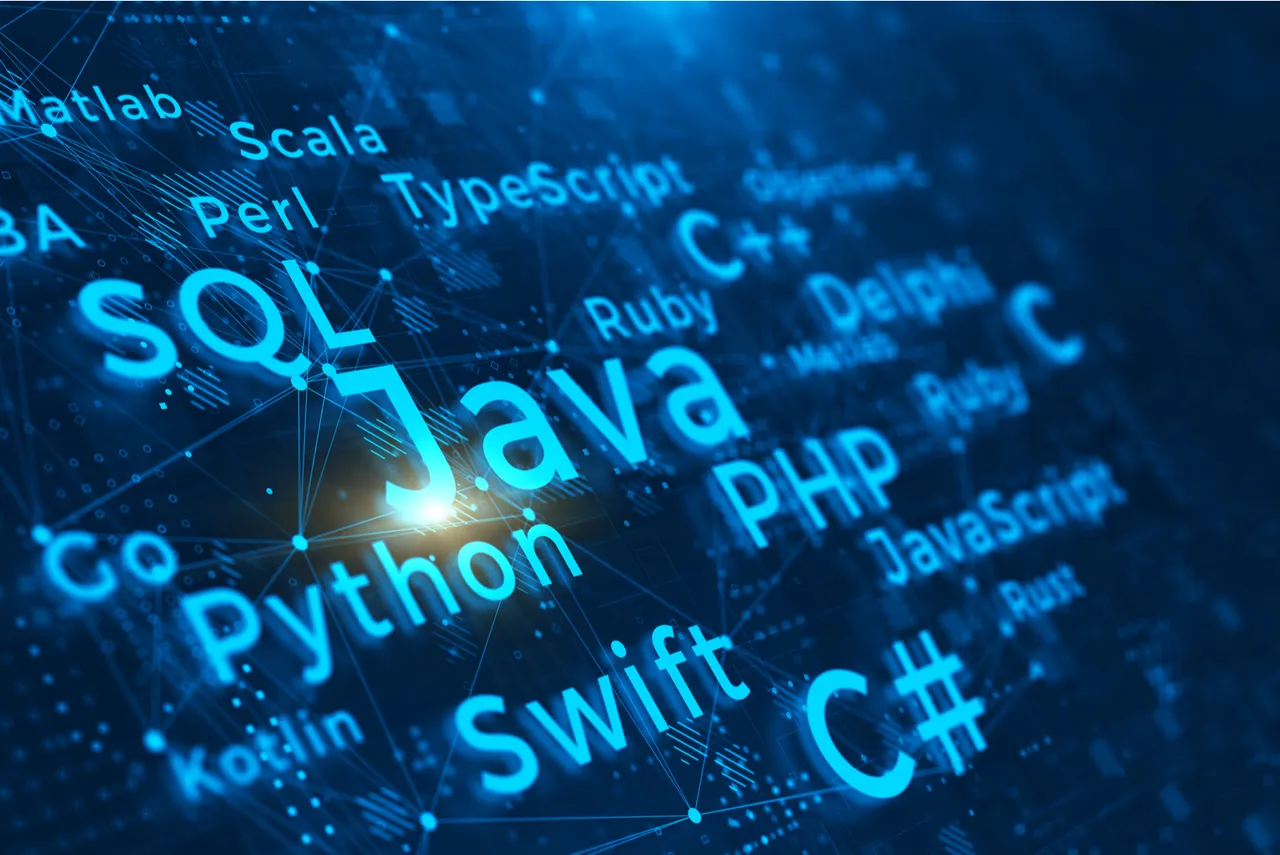Module1: Introduction to AI
1.1 Definition of AI and AI Effect
1.2 Narrow, General and Super AI
1.3 AI-Based and Conventional Systems
1.4 AI Technologies
1.5 AI Development Frameworks
1.6 Hardware for AI-Based Systems
1.7 AI as a Service (AIaaS)
1.7.1 Contracts for AI as a Service
1.7.2 AIaaS Examples
1.8 Pre-Trained Models
1.8.1 Introduction to Pre-Trained Models
1.8.2 Transfer Learning
1.8.3 Risks of using Pre-Trained Models and Transfer Learning
1.9 Standards, Regulations and AI
Module 2: Quality Characteristics for AI-Based Systems
2.1 Flexibility and Adaptability
2.2 Autonomy
2.3 Evolution
2.4 Bias
2.5 Ethics
2.6 Side Effects and Reward Hacking
2.7 Transparency, Interpretability and Explainability
2.8 Safety and AI
Module 3: Machine Learning (ML) – Overview
3.1 Forms of ML
3.1.1 Supervised Learning
3.1.2 Unsupervised Learning
3.1.3 Reinforcement Learning
3.2 ML Workflow
3.3 Selecting a Form of ML
3.4 Factors Involved in ML Algorithm Selection
3.5 Overfitting and Underfitting
3.5.1 Overfitting
3.5.2 Underfitting
3.5.3 Hands-On Exercise: Demonstrate Overfitting and Underfitting
Module 4: ML - Data
4.1 Data Preparation as Part of the ML Workflow
4.1.1 Challenges in Data Preparation
4.1.2 Hands-On Exercise: Data Preparation for ML, Validation and Test Datasets in the ML Workflow
4.2.1 Hands-On Exercise: Identify Training and Test Data and Create an ML Model
4.3 Dataset Quality Issues
4.4 Data Quality and its Effect on the ML Model
4.5 Data Labelling for Supervised Learning
4.5.1 Approaches to Data Labelling
4.5.2 Mislabeled Data in Datasets
Module 5: ML Functional Performance Metrics
5.1 Confusion Matrix
5.2 Additional ML Functional Performance Metrics for Classification, Regression and Clustering
5.3 Limitations of ML Functional Performance Metrics
5.4 Selecting ML Functional Performance Metrics
5.4.1 Hands-On Exercise: Evaluate the Created ML Model
5.5 Benchmark Suites for ML
Module 6: ML - Neural Networks and Testing
6.1 Neural Networks
6.1.1 Hands-On Exercise: Implement a Simple Perceptron
6.2 Coverage Measures for Neural Networks
Module 7: Testing AI-Based Systems Overview
7.1 Specification of AI-Based Systems
7.2 Test Levels for AI-Based Systems
7.2.1 Input Data Testing
7.2.2 ML Model Testing
7.2.3 Component Testing
7.2.4 Component Integration Testing
7.2.5 System Testing
7.2.6 Acceptance Testing
7.3 Test Data for Testing AI-based Systems
7.4 Testing for Automation Bias in AI-Based Systems
7.5 Documenting an AI Component
7.6 Testing for Concept Drift
7.7 Selecting a Test Approach for an ML System
Module 8: Testing AI-Specific Quality Characteristics
8.1 Challenges Testing Self-Learning Systems
8.2 Testing Autonomous AI-Based Systems
8.3 Testing for Algorithmic, Sample and Inappropriate Bias
8.4 Challenges Testing Probabilistic and Non-Deterministic AI-Based Systems
8.5 Challenges Testing Complex AI-Based Systems
8.6 Testing the Transparency, Interpretability and Explainability of AI-Based Systems
8.6.1 Hands-On Exercise: Model Explainability
8.7 Test Oracles for AI-Based Systems
8.8 Test Objectives and Acceptance Criteria
Module 9: Methods and Techniques for the Testing of AI-Based Systems
9.1 Adversarial Attacks and Data Poisoning
9.1.1 Adversarial Attacks
9.1.2 Data Poisoning
9.2 Pairwise Testing
9.2.1 Hands-On Exercise: Pairwise Testing....
9.3 Back-to-Back Testing
9.4 A/B Testing
9.5 Metamorphic Testing (MT)
9.5.1 Hands-On Exercise: Metamorphic Testing
9.6 Experience-Based Testing of AI-Based Systems
9.6.1 Hands-On Exercise: Exploratory Testing and Exploratory Data Analysis (EDA)
9.7 Selecting Test Techniques for AI-Based Systems
Module 10: Test Environments for AI-Based Systems
10.1 Test Environments for AI-Based Systems
10.2 Virtual Test Environments for Testing AI-Based Systems
Module 11: Using AI for Testing
11.1 AI Technologies for Testing
11.1.1 Hands-On Exercise:The Use of AI in Testing
11.2 Using AI to Analyze Reported Defects
11.3 Using AI for Test Case Generation
11.4 Using AI for the Optimization of Regression Test Suites
11.5 Using AI for Defect Prediction
11.5.1 Hands-On Exercise: Build a Defect Prediction System
11.6 Using AI for Testing User Interfaces
11.6.1 Using AI to Test Through the Graphical User Interface (GUI)
11.6.2 Using AI to Test the GUI.


